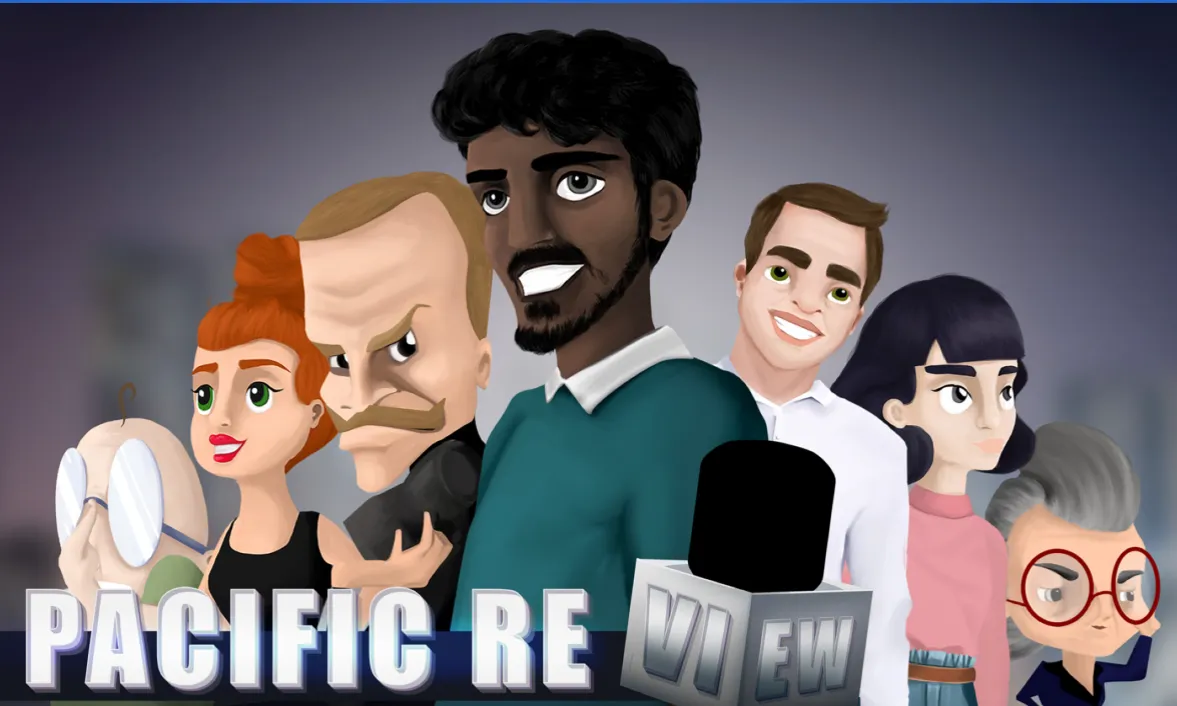
Learning How to Negotiate with an Adventure Game
First, take a real billion-dollar acquisition, like Disney's acquisition of Pixar. Then add students negotiating as representatives of the two companies. "It's a classic case," explains Simone Autera, director of the course "Movie Industry," part of the Master of Science in Economics and Management in Arts, Culture, Media and Entertainment at Bocconi University. "The simulation combines elements of corporate strategy with elements of negotiation and is traditionally taught in the classroom, using a Harvard case. But I wanted to do something more organic, so I contacted BUILT (Bocconi University Innovations in Learning and Teaching)."
What emerged was a fully digital narrative adventure game, Pacific Review, created by Autera along with Leonardo Caporarello. In the game, the director of a newspaper named Pacific Review asks a new journalist to find out more about the important transaction between the two companies. "This journalist, each student working individually, has to face a series of situations that lead to gathering qualitative and quantitative information," explains Autera. "The game replaces the classic reading of the case but opens up to new forms of learning. Students, in fact, often find themselves facing two options and have to choose which path to take. This prompts students to question themselves critically." The information is collected in a journal ("the journalist's notebook") and is used to tackle the subsequent phases.
"Obviously it is not a question of making choices between two possible options of equal value, some ways are more effective and others less so. And some of the information is shared with everyone, while some is reserved for those who make the best choices," explains Autera. "And so when the time comes to put the cards on the table, the students realize that they are not 100% on the same page." This phase of the game prepares students for the next one, in which they are divided into two groups (Disney and Pixar) and must play the role of negotiator: "It is a method that has been very successful," says Autera. "Feedback has been positive and the students feel engaged in all phases of the assignment."
Pacific Review was created by two members of the Faculty, Simone Autera who first adopted it in the ACME program, and Leonardo Caporarello, who will adopt it in his negotiation courses.
"It is the first time we have made a video game typically linked to entertainment rather than teaching," says Simona Tripoli, the BUILT project manager who supervised the project. "Usually the whole world of academic simulations is linked to web applications, while in this case we have transferred the world of adventure games to teaching using the different mechanics and rationale related to the video game environment." The project was successful right away and it will not remain an isolated case: "We are already working on a new serious game, but others will certainly follow," explains Simona Tripoli, "also opening the doors to a series of new professional profiles, such as game designers, narrative designers and game artists, who we had never worked with until now."
"This simulation case study was very useful and lots of fun. It's exactly what I expected when I enrolled in a creative program like ACME," says Mehian Sue, a 23-year-old student from China. "After this month-long role-playing game, I feel like I've really been involved in the negotiation between Disney and Pixar. And I've learned so many things that will be useful in my career. I hope in the future that I'll have the opportunity to work on more cases like this one."